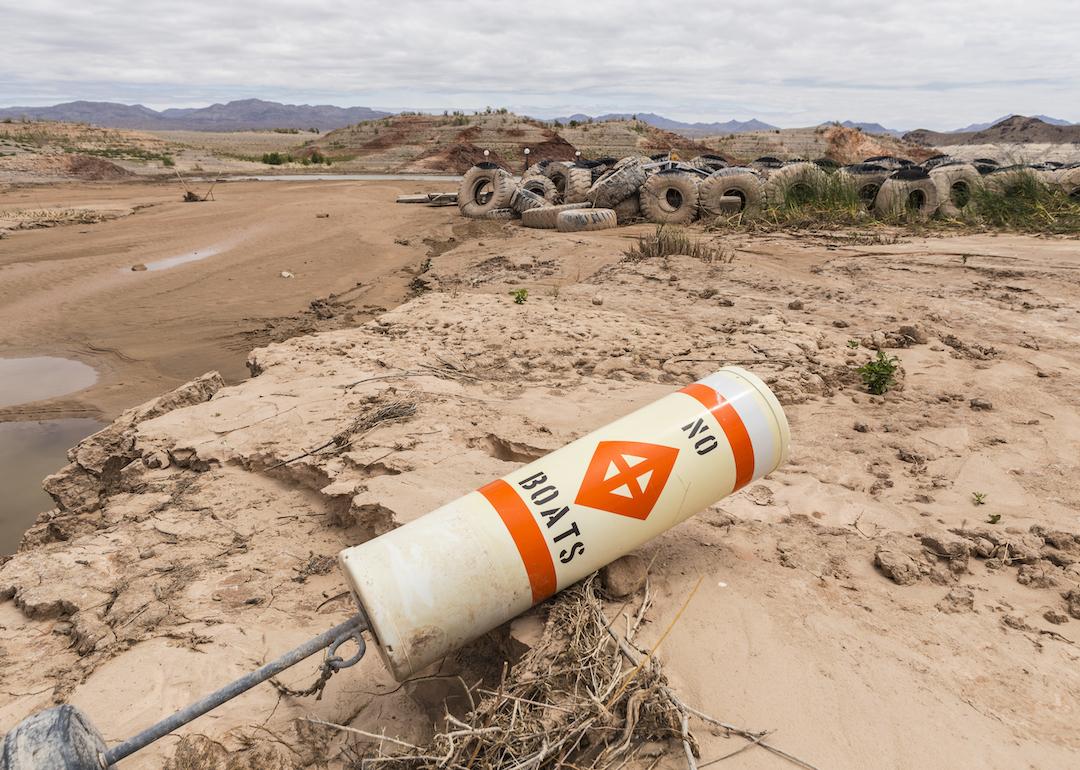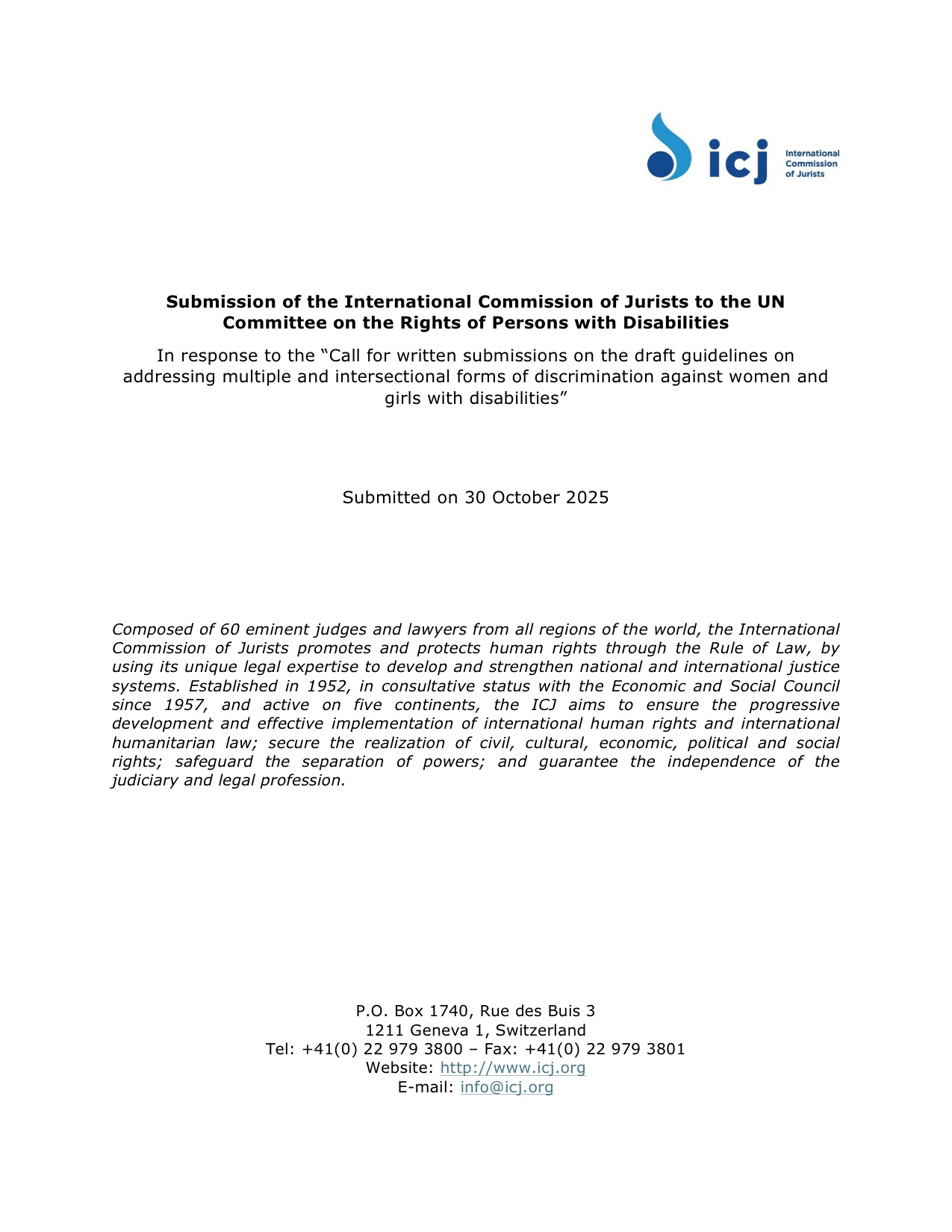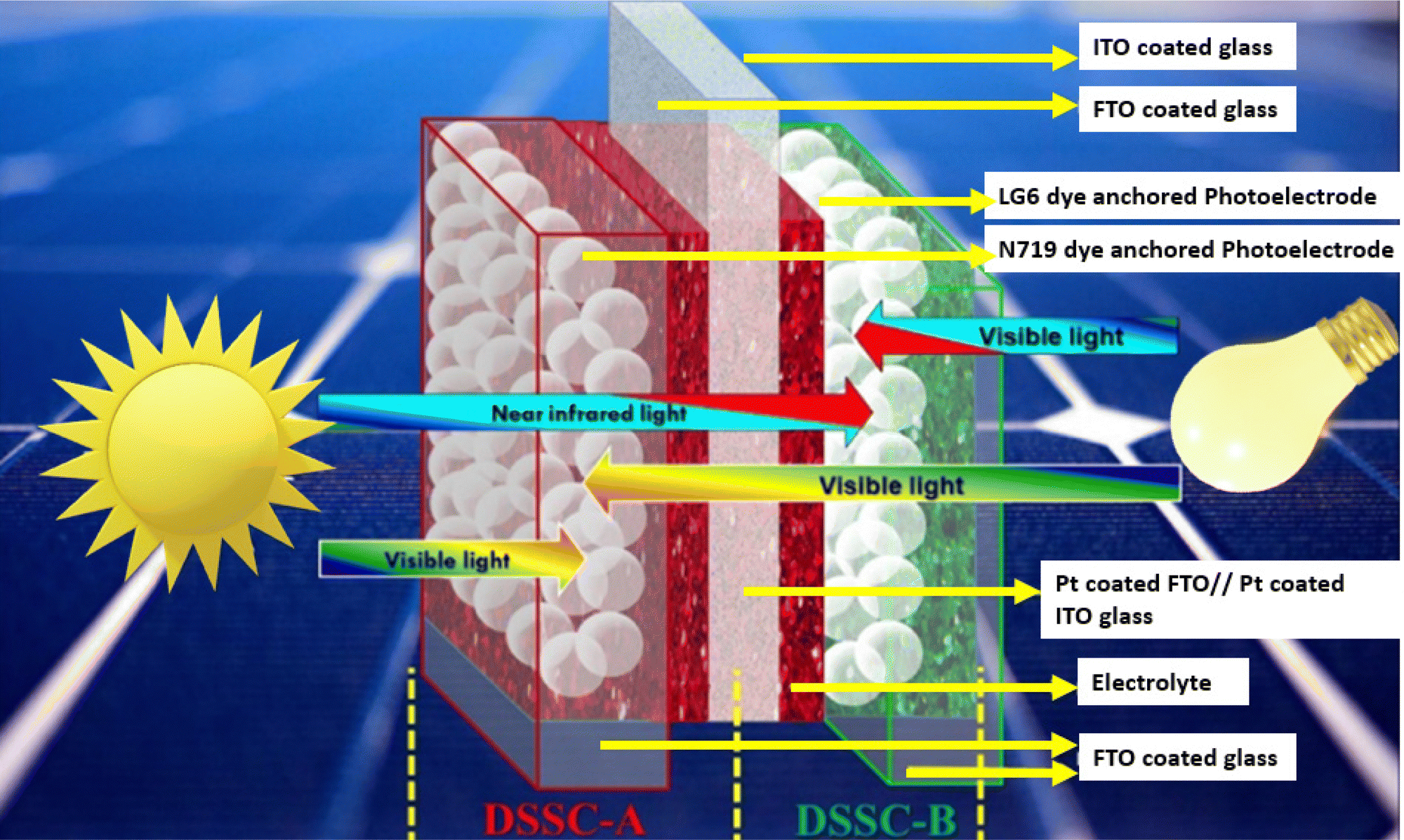Water and energy use is growing as data centers are built across the Midwest and Great Plains – WPR

Report on Data Center Expansion and Sustainable Development Goal Implications
Introduction: The Challenge of Sustainable Infrastructure (SDG 9)
The rapid expansion of data center infrastructure across the United States, driven by the growth of artificial intelligence, presents a significant challenge to achieving the United Nations Sustainable Development Goals (SDGs). While this development aligns with targets under SDG 9 (Industry, Innovation, and Infrastructure), its substantial resource requirements raise critical questions regarding environmental sustainability and community impact, particularly concerning SDG 6 (Clean Water and Sanitation), SDG 7 (Affordable and Clean Energy), and SDG 13 (Climate Action).
- A developer plans a 15-building data center campus in Dane County, Wisconsin.
- Texas is the site of “Stargate,” a $500 billion AI infrastructure project involving at least 20 data centers.
- In Kansas City, Kansas, a defunct power plant is being considered for redevelopment into a data center.
Energy Consumption and its Impact on SDG 7 and SDG 13
Escalating Energy Demand
The energy footprint of data centers poses a direct threat to progress on SDG 7 (Affordable and Clean Energy) and SDG 13 (Climate Action). The industry’s consumption patterns risk straining electrical grids and increasing reliance on fossil fuels.
- Intensive Consumption: Data centers consume 10 to 50 times more energy than typical commercial office buildings, according to the U.S. Department of Energy.
- Projected Growth: A 2024 federal report indicates that data center electricity consumption could rise from 4.4% of the national total in 2023 to 12% by 2028.
- Grid Instability: A report from the Texas Reliability Entity identified the “disorganized integration” of large loads like data centers as the “largest increased risk” to the state’s electric grid, with load patterns comparable to a steel mill.
Challenges to Clean Energy Transition
The surge in demand is compelling utilities to delay the transition to renewable energy sources, undermining climate goals.
- In Wisconsin, a major utility received approval to build two new natural gas power plants and delayed the closure of a coal-fired plant specifically to support data center growth.
- Environmental groups like the Sierra Club have called on tech companies to actively support the clean energy transition and for regulators to mandate transparency in load projections to better manage the impact on the grid and climate.
Water Resource Management and SDG 6 (Clean Water and Sanitation)
Water Consumption and Scarcity
The industry’s significant water usage for cooling systems places immense pressure on local water supplies, challenging the core objectives of SDG 6 to ensure the availability and sustainable management of water.
- Google’s U.S. data centers consumed over 30 billion liters of fresh water in 2024, a sharp increase from 12.7 billion liters in 2021.
- In West Des Moines, Iowa, Microsoft was the city’s largest water user in 2023, consuming 68.5 million gallons for its five data center campuses.
- The Iowa Geological Survey warns that some data centers in the Des Moines area are using water from deep aquifers that is thousands of years old and cannot be naturally replenished, representing a permanent loss of a critical resource.
Innovations and the Energy-Water Nexus
While companies are developing water-saving technologies, these solutions often create a trade-off that impacts energy consumption, highlighting a conflict between achieving SDG 6 and SDG 7.
Technological Solutions
- QTS Data Centers (Wisconsin): Plans to use no-water refrigerant or closed-loop systems that recycle a one-time input of water, reportedly saving over 48 million gallons of water annually per facility.
- Microsoft (Wisconsin): Is implementing a new closed-loop cooling system designed to consume zero water.
The Trade-Off
- According to research from the University of California, Riverside, cooling data centers without water makes them more energy-intensive.
- An analysis of two Google data centers in Nevada showed the facility using a waterless cooling method consumed almost twice the energy of the water-cooled facility. This creates a difficult choice between reducing direct water use (advancing SDG 6) and increasing energy demand, which could lead to higher carbon emissions (hindering SDG 13).
Corporate Responsibility and Partnerships for Sustainable Goals (SDG 12 & SDG 17)
Calls for Corporate Accountability (SDG 12)
Advocacy groups are demanding that technology companies, as some of the world’s wealthiest corporations, adopt principles of responsible consumption and production by mitigating the environmental and economic impacts of their operations.
- The Sierra Club’s Kansas chapter asserts that it is not “too much to ask” for these companies to ensure their developments do not increase local utility bills or pollute the community and planet.
- There is a growing call for tech companies to be transparent about their energy needs and to proactively invest in clean energy solutions.
The Role of Multi-Stakeholder Partnerships (SDG 17)
Addressing the complex challenges posed by data center growth requires effective partnerships between corporations, utilities, government regulators, and community organizations.
- In Kansas City, the development of a data center at a defunct power station involves negotiations over a community benefits and power agreement, highlighting a potential pathway for collaborative planning.
- The case of the municipal Kansas City Board of Public Utilities suggests that non-profit utilities may be better positioned to partner with developers to pursue the most cost-effective and sustainable energy options, such as solar and storage, in alignment with community and environmental goals.
- The Iowa Geological Survey’s recommendation for communities to consider groundwater sustainability before approving new projects underscores the need for integrated planning and partnerships to ensure long-term resource security.
Relevant Sustainable Development Goals (SDGs)
SDG 6: Clean Water and Sanitation
The article extensively discusses the significant water consumption of data centers for cooling purposes, directly connecting to the goal of ensuring the availability and sustainable management of water. It highlights the strain on local water resources, particularly groundwater.
SDG 7: Affordable and Clean Energy
This goal is central to the article, which describes data centers as “among the most energy-intensive types of buildings.” The discussion revolves around the massive increase in electricity demand and the risk of meeting this demand with fossil fuels rather than renewable energy, impacting the transition to clean energy.
SDG 9: Industry, Innovation and Infrastructure
The article is fundamentally about the development of new, large-scale industrial infrastructure (data centers). It explores the need to make this infrastructure sustainable by improving resource-use efficiency (water and energy) and adopting cleaner technologies.
SDG 11: Sustainable Cities and Communities
The development of data centers has direct impacts on local communities, from the strain on public utilities (water and electricity) to potential economic consequences for residents. The article mentions concerns that residents might “pay more in terms of their electric or water bills” and the need for communities to consider the sustainability of their resources before approving such projects.
SDG 12: Responsible Consumption and Production
This SDG is addressed through the lens of corporate responsibility and the resource footprint of the tech industry. The article calls into question the consumption patterns of large tech companies and highlights the need for them to adopt sustainable practices and mitigate the environmental impacts of their operations.
SDG 13: Climate Action
The article connects the increased energy demand from data centers directly to climate change. The concern that this demand will be met by building new natural gas plants or delaying the closure of coal plants underscores the threat these developments pose to “efforts to reduce the impacts of climate change.”
Specific SDG Targets
SDG 6: Clean Water and Sanitation
- Target 6.4: By 2030, substantially increase water-use efficiency across all sectors and ensure sustainable withdrawals and supply of freshwater.
- The article addresses this target by detailing the immense water usage of data centers, such as Google’s consumption of “more than 30 billion liters” in a year. It also highlights efforts to increase efficiency, like QTS Data Centers’ “closed-loop” system, which “save more than 48 million gallons of water annually.” The discussion about using “deep aquifer water that’s thousands of years old — and it won’t be replaced” directly relates to the sustainability of freshwater withdrawals.
SDG 7: Affordable and Clean Energy
- Target 7.2: By 2030, increase substantially the share of renewable energy in the global energy mix.
- This target is relevant as the article raises concerns that utilities will meet the “unprecedented load growth” from data centers with “fossil fuels, like coal or natural gas, rather than renewable energy.” The Sierra Club’s call for tech companies to support the “clean energy transition” and the hope that a municipal utility would choose “solar and storage” over fossil fuels directly align with this target.
- Target 7.3: By 2030, double the global rate of improvement in energy efficiency.
- The article points out the low energy efficiency of data centers, which consume “10 to 50 times the energy of a commercial office building.” It also discusses the trade-off where water-saving cooling methods can make data centers “more energy-intensive,” as shown by the comparison of Google’s data centers in Reno and Las Vegas using the Power Usage Effectiveness (PUE) metric.
SDG 9: Industry, Innovation and Infrastructure
- Target 9.4: By 2030, upgrade infrastructure and retrofit industries to make them sustainable, with increased resource-use efficiency and greater adoption of clean and environmentally sound technologies.
- The entire article is a case study for this target. It examines the sustainability of new data center infrastructure, focusing on resource efficiency. The adoption of “clean and environmentally sound technologies” is exemplified by Microsoft’s “new closed-loop system design that will consume zero water for cooling” and QTS’s no-water refrigerant systems.
SDG 12: Responsible Consumption and Production
- Target 12.2: By 2030, achieve the sustainable management and efficient use of natural resources.
- This target is reflected in the article’s core conflict: the massive consumption of natural resources (water and energy) by data centers. The article details specific consumption figures (e.g., data centers consumed “4.4 percent of the nation’s electricity in 2023”) and discusses methods to achieve more efficient use, such as advanced cooling technologies.
- Target 12.6: Encourage companies, especially large and transnational companies, to adopt sustainable practices and to integrate sustainability information into their reporting cycle.
- The article directly supports this target through the Sierra Club’s call for “the tech companies behind data centers to take a more active role” and for regulators to “require new large customers to be transparent about their load projections.” The fact that companies like Google and QTS publish some environmental data, which is cited in the article, is an example of this reporting in practice.
Implied or Mentioned Indicators
SDG 6: Clean Water and Sanitation
- Indicator 6.4.1 (Change in water-use efficiency): The article provides data points to measure this, such as QTS saving “48 million gallons of water annually” with new technology. The increase in Google’s water consumption from 12.7 billion to over 30 billion liters also serves as a data point for overall efficiency trends.
- Indicator 6.4.2 (Level of water stress): This is implied in the discussion about Iowa’s groundwater, where it is warned that “aquifers might be stressed by these new water demands” and that some data centers use deep aquifer water that “won’t be replaced.”
SDG 7: Affordable and Clean Energy
- Indicator 7.2.1 (Renewable energy share in total final energy consumption): This is implied when the article discusses the choice utilities face between meeting new demand with “fossil fuels, like coal or natural gas” versus “solar and storage.” The decision in Wisconsin to build “two new natural gas power plants” is a specific data point indicating a decrease in the potential renewable share.
- Indicator 7.3.1 (Energy intensity): The article provides direct measures of energy intensity, stating data centers consume “10 to 50 times the energy of a commercial office building.” It also explicitly mentions the “power usage effectiveness, or PUE” as a metric used to compare the energy efficiency of different data centers.
SDG 9: Industry, Innovation and Infrastructure
- Indicator 9.4.1 (CO2 emission per unit of value added): This is implied when the article links increased energy use to a higher “carbon footprint” and notes that relying on fossil fuels for power will undermine efforts to “reduce the impacts of climate change.”
SDGs, Targets, and Indicators Analysis
| SDGs | Targets | Indicators Mentioned or Implied in the Article |
|---|---|---|
| SDG 6: Clean Water and Sanitation | 6.4: Substantially increase water-use efficiency and ensure sustainable withdrawals. |
|
| SDG 7: Affordable and Clean Energy |
7.2: Increase the share of renewable energy.
7.3: Double the rate of improvement in energy efficiency. |
|
| SDG 9: Industry, Innovation and Infrastructure | 9.4: Upgrade infrastructure to make it sustainable and increase resource-use efficiency. |
|
| SDG 11: Sustainable Cities and Communities | 11.6: Reduce the adverse per capita environmental impact of cities. |
|
| SDG 12: Responsible Consumption and Production |
12.2: Achieve sustainable management and efficient use of natural resources.
12.6: Encourage companies to adopt sustainable practices and reporting. |
|
| SDG 13: Climate Action | 13.2: Integrate climate change measures into policies and planning. |
|
Source: wpr.org

What is Your Reaction?
 Like
0
Like
0
 Dislike
0
Dislike
0
 Love
0
Love
0
 Funny
0
Funny
0
 Angry
0
Angry
0
 Sad
0
Sad
0
 Wow
0
Wow
0


















-1920w.png?#)






















;Resize=805#)





































